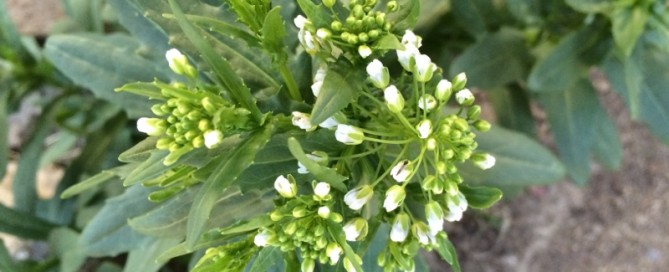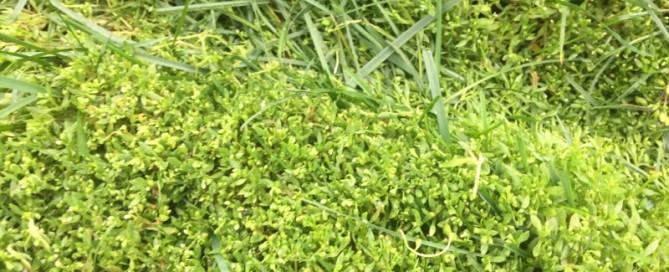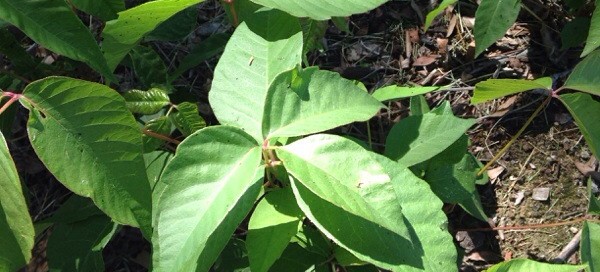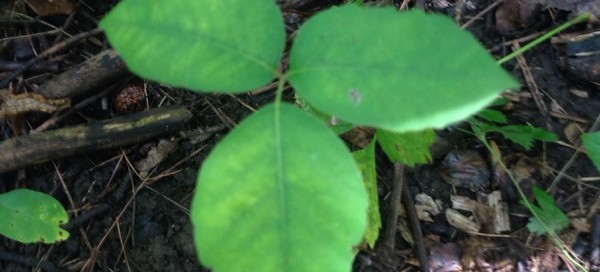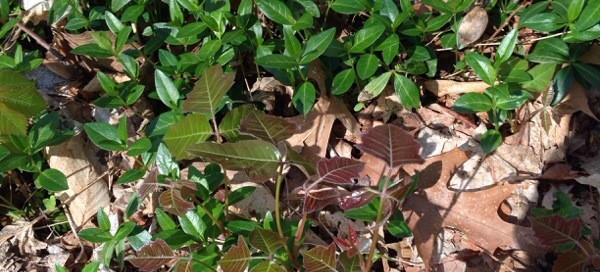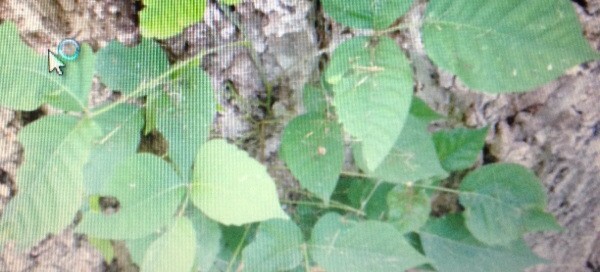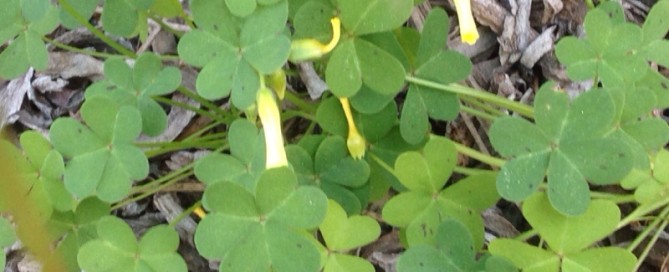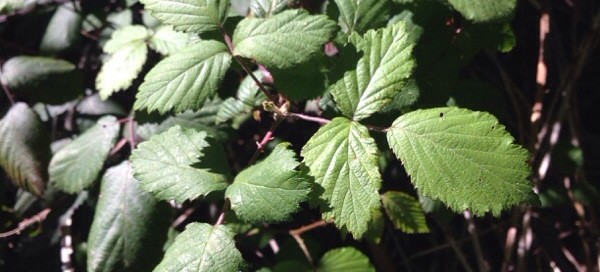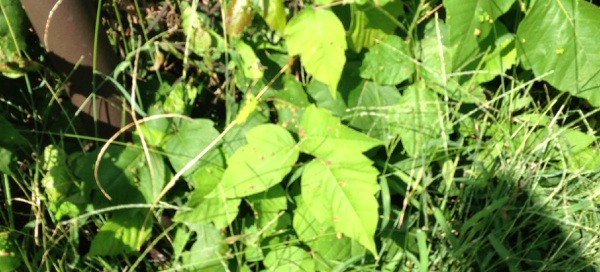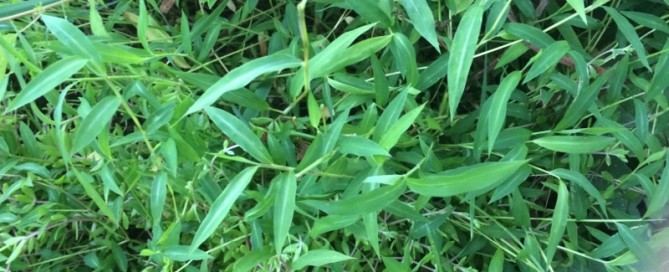White Tophoary Cress
Considered an invasive species in several western states, whitetop is a perennial broad leaf weed that stands up to 2 feet tall and has a creeping rhizome root system that can reach up to 6 feet deep. It has a distinctive bloom of small white four petal flowers that bloom in early spring. The leaves are alternate, gray-green, and the upper leaves clasp the stem. The seeds can remain viable for up to 4 years and can be transported great distances by animals or flowing water.
Whitetop invades rangelands throughout North America and is a highly competitive weed once it becomes established. Whitetop spreads primarily by extremely persistent roots and will eventually eliminate desirable vegetation and become a large colony or monoculture.
